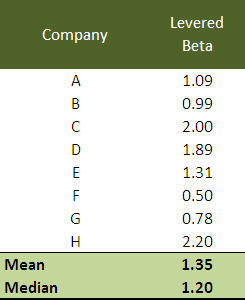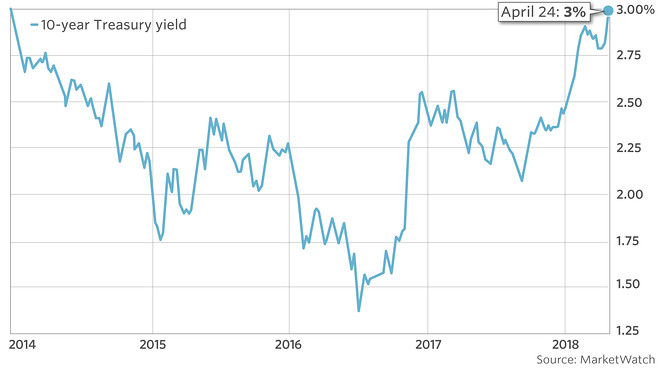Content

The balance sheet is one of the major financial statements that accountants use. The others are the income statement, the statement of stockholders’ equity, and the statement of cash flows. In order to get a more accurate understanding of the company, business owners and investors should review other financial statements, such as the income statement and cash flow statement.
- The other core financial statements used in corporate finance and accounting are cash flow statements and income statements.
- These may include deferred tax liabilities, any long-term debt such as interest and principal on bonds, and any pension fund liabilities.
- Liabilities are funds owed by the business and are broken down into current and long-term categories.
- While it’s helpful to understand the different components of a balance sheet, you may want to consider hiring a bookkeeper to provide financial analysis.
Financial ratio analysis is the main technique to analyze the information contained within a balance sheet. Like assets, you need to identify your liabilities which will include both current and long-term liabilities. As you can see, it starts with current assets, then the noncurrent, and the total of both. If the company wanted to, it could pay out all of that money to its shareholders through dividends. Like assets, liabilities can be classified as either current or noncurrent liabilities. Assets are anything the company owns that holds some quantifiable value, which means that they could be liquidated and turned into cash.
The term balance sheet refers to a financial statement that reports a company’s assets, liabilities, and shareholder equity at a specific point in time. Balance sheets provide the basis for computing rates of return for investors and evaluating a company’s capital structure. Along with the income statement and cash flow statement, the balance sheet is one of the most important tools for stakeholders to assess a company’s value and growth potential. It provides a snapshot of a company’s financial position through its assets, liabilities, and equity. Another way to analyse a balance sheet is to use ratios such as financial strength ratios and activity ratios.
All revenues the company generates in excess of its expenses will go into the shareholder equity account. These revenues will be balanced on the assets side, appearing as cash, investments, inventory, or other assets. The balance sheet is one of the three main financial statements of a business, along with the income statement and cash flow statement.
Vertical Balance Sheets
However, it is crucial to remember that balance sheets communicate information as of a specific date. A store running a negative balance sheet will be a warning to bankers and others. It is also a warning to the storeowner that the store is under pressure financially and that though the store may seem busy, they may need to adjust to keep a high profit margin over the long term.
While they may seem similar, the current portion of long-term debt is specifically the portion due within this year of a piece of debt that has a maturity of more than one year. For example, if a company takes on a bank loan to be paid off in 5-years, this account will include the portion of that loan due in the next year. This line item includes all of the company’s intangible fixed assets, which may or may not be identifiable. Identifiable intangible assets include patents, licenses, and secret formulas.
Components of a Balance Sheet
At the beginning of a business, common shares value is equal to the amount invested in the company at its inception. When a company grows its earnings and produces a profit, it can appear in the balance sheet a retained earnings or be paid out to shareholders as a dividend. Guidelines for balance sheets of public business entities are given by the International Accounting Standards Board and numerous country-specific organizations/companies. You can list these formulas in your skills section to imply your knowledge of balance sheets, or you can list “financial statements” as a skill on its own.

As opposed to an income statement which reports financial information over a period of time, a balance sheet is used to determine the health of a company on a specific day. Although the balance sheet is an invaluable piece of information for investors and analysts, there are some drawbacks. For this reason, a balance alone may not paint the full picture of a company’s financial health. A company usually must provide a balance sheet to a lender in order to secure a business loan. A company must also usually provide a balance sheet to private investors when attempting to secure private equity funding. In both cases, the external party wants to assess the financial health of a company, the creditworthiness of the business, and whether the company will be able to repay its short-term debts.
As companies recover accounts receivables, this account decreases, and cash increases by the same amount. Understanding what a balance sheet is and how to read one is crucial for many careers in finance. This financial statement provides invaluable information needed for completing various financial calculations and formulas.
You will need to tally up all your assets of the company on the balance sheet as of that date. Accountants, bookkeepers, and financial analysts create balance sheets using accounting or planning software and ERP systems. By evaluating your balance sheet, you can dig deep into where you stand financially. The snapshot gives you insight into your company’s overall stability so you can make smart and guided decisions. The storeowner will want to know the financial health of the business before planning for the year ahead or if thinking of expansion. A banker will need to see the balance sheet before deciding on extending credit terms or granting new facilities.
Balance Sheets Are Subject to Several Professional Judgment Areas That Could Impact the Report
The balance sheet is a statement of a firm’s financial position at a specified time, such as the end of month, quarter or year. The balance sheet will show assets and list any liabilities, giving a statement of what the business owes and owns. A balance sheet helps business stakeholders and analysts evaluate the overall financial position of a company and its ability to pay for its operating needs.

A company’s current and non-current liabilities are listed on the balance sheet. The three main accounts of a balance sheet are assets, liabilities, and equity, but there are different accounts within these sections, too. A liability is any money that a company owes to outside parties, from bills it has to pay to suppliers to interest on bonds issued to creditors to rent, utilities and salaries.
Sample Balance Sheet
The balance sheet tells us what a company’s financial position is on a given date. In fact, many call it a ‘snapshot’ of the firm’s financial position at a point in time. It is helpful for business owners to prepare and review balance sheets in order to assess the financial health of their companies.

They can be divided into current liabilities and long-term liabilities. The balance sheet is used to assess the financial health balance sheet definition in accounting of a company. Investors and lenders also use it to assess creditworthiness and the availability of assets for collateral.
Assets, liabilities, and owner’s equity are each made up of many smaller accounts. Additionally, a company’s management, investors, competitors, and suppliers all seek to examine a firm’s balance sheet. For example, before considering whether to offer credit terms, a supplier needs to know how the buyer stands financially. The data and information included in a balance sheet can sometimes be manipulated by management in order to present a more favorable financial position for the company. Business owners use these financial ratios to assess the profitability, solvency, liquidity, and turnover of a company and establish ways to improve the financial health of the company.
In other words, it will have $5,000 more cash, and what it owes will also rise by $5,000. A bank uses the information in a balance sheet to determine whether to lend a loan applicant money. The bank might also use it to decide whether to lend a borrower more money. A balance sheet is also different from an income statement in several ways, most notably the time frame it covers and the items included. Although balance sheets are important, they do have their limitations, and business owners must be aware of them. It is also helpful to pay attention to the footnotes in the balance sheets to check what accounting systems are being used and to look out for red flags.
A variation on the concept is to divide net income by the total assets figure on the balance sheet. Either approach is used by investors to determine the rate of return being generated. This is done by calculating the current ratio, which compares current assets to current liabilities. Ideally, current assets should be substantially higher than current liabilities, indicating that the assets can be liquidated to pay off the liabilities.